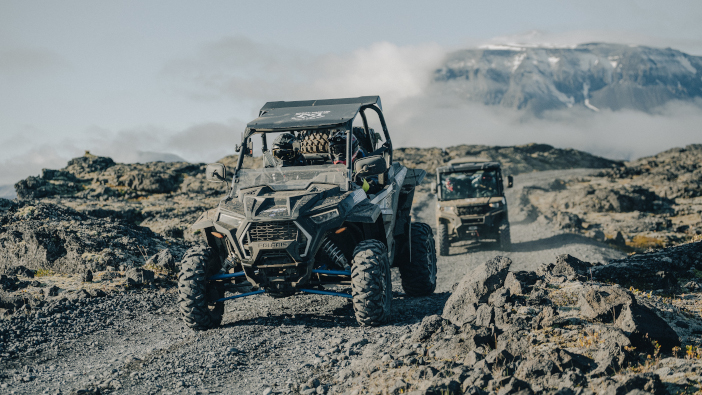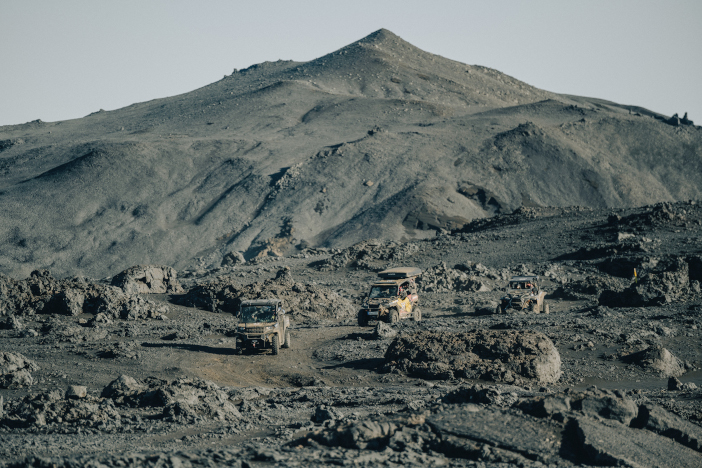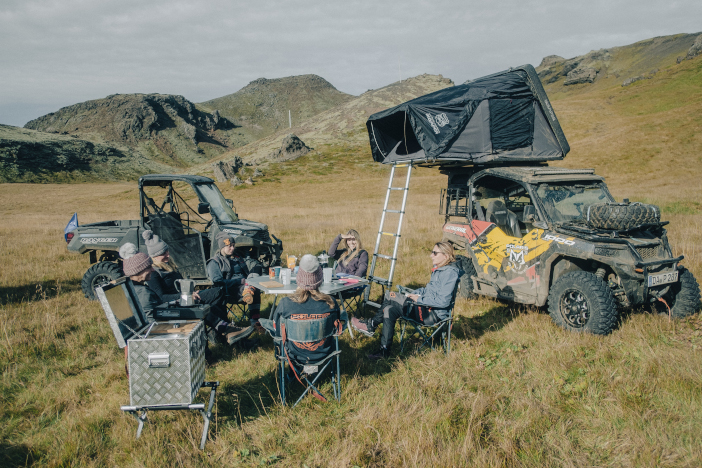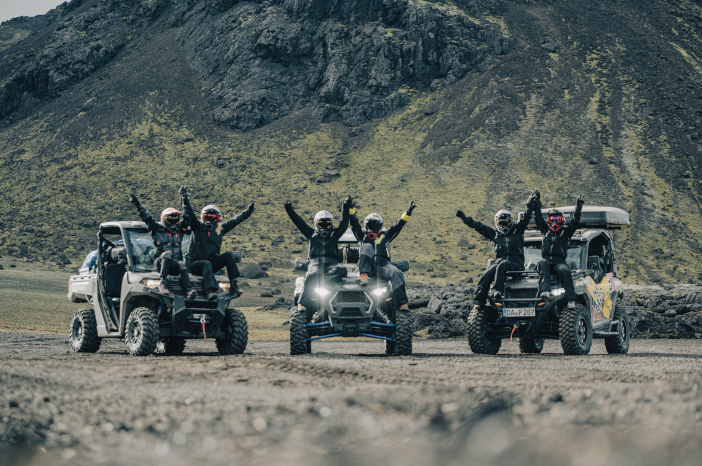Six women from France, Germany, Spain, Sweden and the UK have represented Polaris in a weeklong, 100% outdoor expedition across the volcanic landscape of Iceland.
It was not just a showcase of the Polaris side-by-side range, but, according to the company, an opportunity to inspire others to take on similar adventures in these vehicles and encourage other women drivers to get involved.
The journey took the riders out of Reykjavik, past glaciers, geysers and geothermal pools in the east, into the snowy mountain passes of the north and back south through barren lava fields and black sand.
Over 1,200km was traversed almost entirely on non-tarmac roads, with slow speeds, carefully considered tyre placement and concentration required to travel safely.
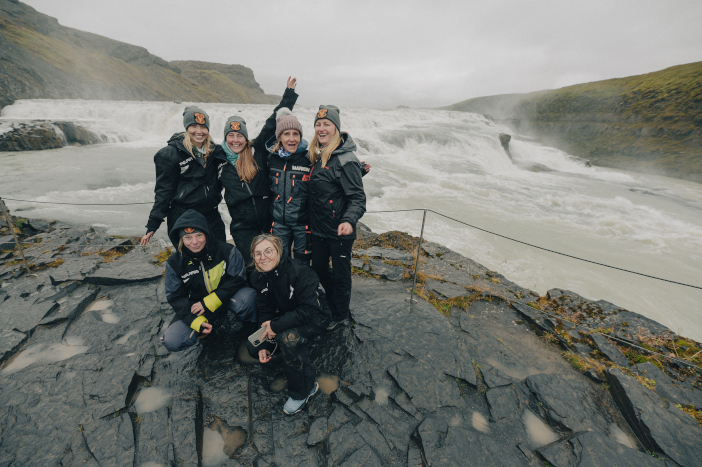
“To think this all started with a view to showcase our off-road products in the dramatic landscape of Iceland – a utopia for these vehicles – but it actually turned out to be so much more than we could have imagined,” said Marion Chouanneau, Polaris Off Road Vehicles EMEA marketing manager.
“The route made for incredible views, technical terrain and a big test of willpower, but it was met with unfaltering enthusiasm and confidence by the whole team, and without a single flat tyre! It was easy to forget that this expedition was a test of the vehicles’ strength, but rather our own. I’m so proud to be a part of this amazing team of women, and to work for the brand whose vehicles have performed so spectacularly on this project.”
Three side-by-side vehicles were used – the General 1000 Deluxe ABS, the Ranger 1000 Nordic Pro and the RZR XP 1000 – all suited to different tasks. The Genral was specially equipped with camping equipment, including a top tent, multi-rack storage, an outdoor kitchen and more.
The RZR proved its worth over the harsh terrain, while the Ranger was invaluable being able to carry all the equipment and keeping the adventurers warm with an in-cab heater and comfy bench seats.
Arrival in Iceland
The team arrived to a warm welcome from Stormur EHF in Reykjavik, the official Polaris distributor in Iceland. There they saw the three vehicles they would using during the trip.
Day 1 – 135 miles
The ride started rough and technical through the Valley of Þingvellir, followed by a drive through the Geysir geothermal area to see the Strokkur geyser and the Gullfoss waterfalls. After 135 miles of difficult driving, the team arrived at Hveravellir Lodge for their first night of camping.
Day 2 – 124 miles
Riding up to the far north of the country, the mountain passes were already covered in snow, leading them into valleys surrounded by untouched waterfalls and weaving tracks. According to the team, this was a turning point in the expedition, with terrain in Iceland – they travelled on regular legal routes – unlike anything they had travelled before.
Day 3 – 88 miles
At the most northerly point of the route, the team rode along the coastline and made their way into the mountains. There was a short pitstop at Stormur’s northern dealership for a surprise pizza party; they then carried on to the 30m wide Goðafoss waterfall before reaching Mývatn, where they took a dip in the Nature Baths before calling it a night.
Day 4 – 218 miles
The longest leg of the journey, running from north to south, saw the women ride for more than 12 hours without any signs of civilisation, with the exception of a lodge that was already closed for winter. This included treks over fields of lava and soft black sand, all with Icelandic mountains lurking in the background.
Day 5 – 89 miles
Technical routes led the team to Krakatindur, an 858m volcano in the Nyjahraun lava field where they set up a lunchtime picnic.
Day 6 – 50 miles
A short trip to finish the event took them through shallow river crossings to give the dusty vehicles a clean-off before the team said a final farewell to the Polaris vehicles that had taken them across Iceland.
The adventure was supported by Cardo Systems, which provided each rider with a Packtalk Edge communication system. This enabled the team to share route and safety advice, as well as give morale support to each other when needed.
An all-terrain Garmin Tread sat-nav was installed in each vehicle, featuring a glove-friendly touchscreen display and OpenStreetMap compatibility. While GoPro enabled the team to record their adventure with Hero 10 camera equipment.


